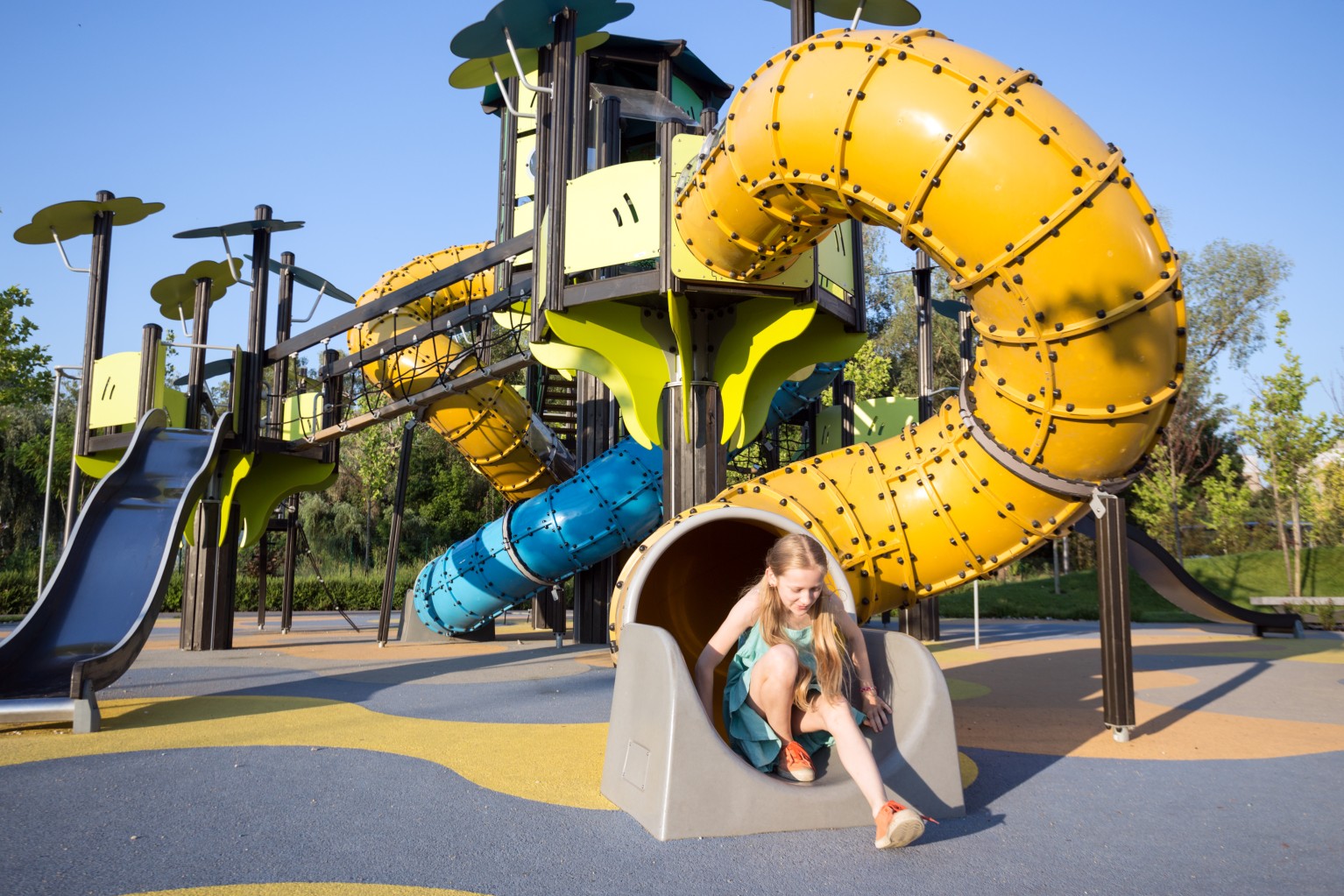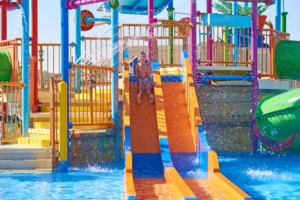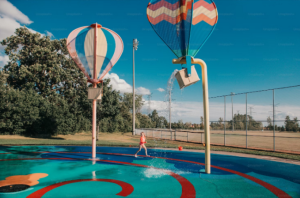Designing a water playground is a thrilling venture that requires a thoughtful approach to ensure a safe, engaging, and enjoyable experience for all. Whether you’re planning a community water park or a backyard splash pad, there are essential elements to consider. In this guide, we’ll explore 10 things to remember when designing a water playground, with a particular emphasis on incorporating aquatic playground equipment in the dynamic city of Houston.
1. Safety First:
Prioritize safety above all else when designing a water playground. Choose aquatic playground equipment that complies with safety standards and guidelines. Ensure that all surfaces are slip-resistant, and consider adding soft padding to areas where slips and falls may occur. Adequate signage and clear rules are crucial to communicate safety guidelines to visitors.
2. Age-Appropriate Features:
Consider the age group your water playground will cater to and design features accordingly. Separate areas for toddlers, preschoolers, and older children ensure that each age group has access to water features that are both safe and suitable for their developmental stage. This approach fosters a positive and inclusive play environment.
3. Interactive Aquatic Playground Equipment:
Incorporate a variety of aquatic playground equipment to create an interactive and engaging space. Water sprayers, tipping buckets, water cannons, and ground jets can provide endless entertainment. Choose features that encourage cooperative play and stimulate children’s imaginations.
4. Adapt to the Houston Climate:
Given Houston’s warm and humid climate, design your water playground to offer refreshing relief from the heat. Incorporate shade structures, strategically placed seating areas, and lush landscaping to provide visitors with comfortable spaces to relax between water activities.
5. Inclusive Design:
Ensure that your water playground is inclusive and accessible to individuals of all abilities. Consider features that cater to children with diverse needs, including those with mobility challenges. Zero-depth entry points, wheelchair-accessible features, and sensory-friendly elements contribute to a more inclusive experience.
6. Water Conservation Measures:
Implement water conservation measures in the design of your water playground. Consider recirculation systems, water-saving technologies, and programmable timers to control water usage. Sustainable practices not only benefit the environment but can also result in cost savings over time.
7. Easy Maintenance and Cleaning:
Choose materials that are easy to clean and maintain. Water playgrounds require regular upkeep to ensure water quality and equipment functionality. Opt for materials resistant to corrosion and fading, and establish a routine maintenance schedule to keep the water playground in top condition.
8. Themed Water Features:
Enhance the play experience by incorporating themed water features. Whether it’s a tropical paradise, an ocean adventure, or a jungle safari, themed elements add an extra layer of excitement and create a visually appealing environment for visitors.
9. Community Engagement:
Involve the local community in the design process to create a water playground that resonates with residents. Gather input through surveys, community meetings, and workshops to understand preferences and needs. A sense of community ownership fosters pride and ensures the water playground meets the desires of those it serves.
10. Educational Elements:
Integrate educational elements into the water playground design. Features that explain the water cycle, highlight local ecosystems, or demonstrate the principles of buoyancy can add an educational dimension to the play experience. Learning through play enhances the overall value of the water playground.
Conclusion:
Designing a water playground is an exciting endeavor that requires a balance of creativity, safety considerations, and community input. By incorporating diverse aquatic playground equipment in the vibrant city of Houston, you’re not only providing a cooling recreational space but also catering to the unique needs and preferences of the community. Remembering these 10 key factors ensures that your water playground becomes a cherished destination where families can create lasting memories, stay active, and beat the Texas heat in a safe and engaging environment. As you embark on this creative journey, envision a water playground that not only meets safety standards but also fosters joy, inclusivity, and a sense of community for all who visit.






